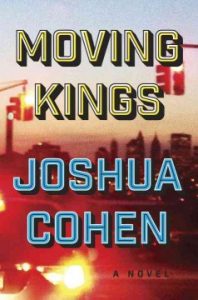Martin Luther King Jr. Day is an American federal holiday that is observed on the third Monday of January each year, which is around Dr. King’s birthday (which was January 15). For those of you who enjoyed a day off in honor of this inspiring and intrepid American hero, we sincerely hoped you enjoyed the day.

But what–or, rather, whom–precisely, are we celebrating when we observe Martin Luther King Jr. Day? Yes, Dr. King was an American Baptist minister and one of the most visible spokespersons of the American Civil Rights Movement. He is revered widely for his devotion to the practice of nonviolence and civil disobedience (refusing to recognize unjust laws, such as those preventing Black people from using public facilities and spaces that white people used). Every year on Martin Luther King Jr. Day, we hear recordings of his “I Have A Dream Speech,” delivered at the Lincoln Memorial during the March on Washington, on August 28, 1963. If you didn’t hear it, then here is a video below:
But it’s neither right nor fair to pretend that this speech, that this March, as fundamentally important as it was, is the only reason to celebrate Dr. Martin Luther King Jr. He was an anti-war activist, a religious leader, an advocate of education reform, and a vocal advocate for the poor and in favor of class overhaul. So we wanted to take a moment to provide you with some Library materials that can help you get to know more about Dr. Martin Luther King Jr., the movement he led, his comrades in that movement, and his legacy in American, and, indeed, world history.
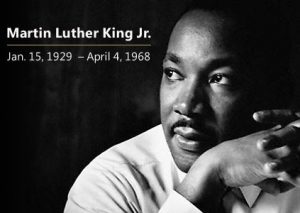
In addition, we also highly recommend checking out these online syllabi compiled by the leaders of the Black Lives Matter movement: http://www.
And this super-comprehensive syllabus, which includes videos, texts, and programs as well as texts, assembled by writer and public educator Candice Benbow: http://www.candicebenbow.com/
And don’t forget to check out these texts, as well!
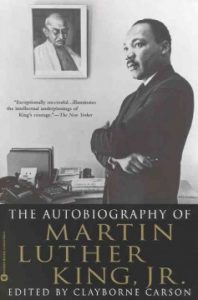 The Autobiography of Martin Luther King, Jr.: After King’s assassination in 1968, King scholar Clayborne Carson pulled together the civil rights leader’s many writings and speeches and organized them into an autobiographical form. It’s an unusual genesis for an autobiography, but one that pays thoughtful homage to the giant of American rhetoric. These collected documents pay homage to all sides of King’s life, his religious philosophy, his harsh criticisms of American culture as well as his devotion to improving it in non-violent ways. Anyone looking to understand the true, deep wisdom, anger, determination, and devotion of Dr. King should put this book at the top of their ‘To-Read’ List.
The Autobiography of Martin Luther King, Jr.: After King’s assassination in 1968, King scholar Clayborne Carson pulled together the civil rights leader’s many writings and speeches and organized them into an autobiographical form. It’s an unusual genesis for an autobiography, but one that pays thoughtful homage to the giant of American rhetoric. These collected documents pay homage to all sides of King’s life, his religious philosophy, his harsh criticisms of American culture as well as his devotion to improving it in non-violent ways. Anyone looking to understand the true, deep wisdom, anger, determination, and devotion of Dr. King should put this book at the top of their ‘To-Read’ List.
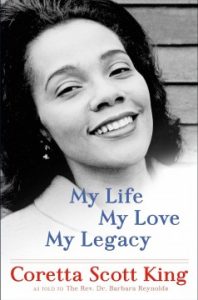 My Life, My Love, My Legacy: Without the work of Coretta Scott King, the wife of Martin Luther King Jr., we would not have a Martin Luther King Jr. Day. In addition to preserving and defending her husband’s legacy, Coretta Scott King was also a fierce, determined activist in her own right, taking on the male hegemony of the Civil Rights Movement and championing civil rights causes including gay rights and AIDS awareness. She has also served as a UN ambassador and played a key role in Nelson Mandela’s election. This book, told by Coretta Scott King to the Rev. Dr. Barbara Reynolds, is the story of her early life, of her relationship with Martin Luther King Jr., and of her growth into a brave leader remained devoted to forgiving, nonviolent, and hope, even in the face of terrorism and violent hatred every single day of her life. Honestly, if you read one book about the Civil Rights Movement and Dr. King’s legacy, make it this one.
My Life, My Love, My Legacy: Without the work of Coretta Scott King, the wife of Martin Luther King Jr., we would not have a Martin Luther King Jr. Day. In addition to preserving and defending her husband’s legacy, Coretta Scott King was also a fierce, determined activist in her own right, taking on the male hegemony of the Civil Rights Movement and championing civil rights causes including gay rights and AIDS awareness. She has also served as a UN ambassador and played a key role in Nelson Mandela’s election. This book, told by Coretta Scott King to the Rev. Dr. Barbara Reynolds, is the story of her early life, of her relationship with Martin Luther King Jr., and of her growth into a brave leader remained devoted to forgiving, nonviolent, and hope, even in the face of terrorism and violent hatred every single day of her life. Honestly, if you read one book about the Civil Rights Movement and Dr. King’s legacy, make it this one.
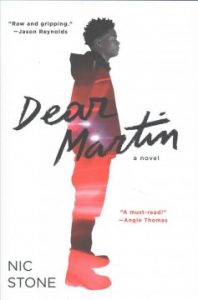 Dear Martin: Nic Stone’s stunning novel not only offers a powerful portrayal of race relations in the United States today, but also questions the legacy of the Civil Rights Movement, and Dr. King’s nonviolent theories. Justyce McAllister is top of his class and set for the Ivy League—but none of that matters to the police officer who just put him in handcuffs. And despite leaving his rough neighborhood behind, he can’t escape the scorn of his former peers or the ridicule of his new classmates. Justyce looks to the teachings of Dr. Martin Luther King Jr. for answers. But do they hold up anymore? He starts a journal to Dr. King to find out. But when Justyce and his friend find themselves the victims of violent, brutal cruelty, it is up to him to find his way out alone. The power of Stone’s work isn’t just in dealing with racism in a way that is both insightful and empathetic, but also in recognizing the way that racism as an institution affects People of Color and their relationships. This isn’t an easy read by any stretch, but it’s a vital and a gripping one.
Dear Martin: Nic Stone’s stunning novel not only offers a powerful portrayal of race relations in the United States today, but also questions the legacy of the Civil Rights Movement, and Dr. King’s nonviolent theories. Justyce McAllister is top of his class and set for the Ivy League—but none of that matters to the police officer who just put him in handcuffs. And despite leaving his rough neighborhood behind, he can’t escape the scorn of his former peers or the ridicule of his new classmates. Justyce looks to the teachings of Dr. Martin Luther King Jr. for answers. But do they hold up anymore? He starts a journal to Dr. King to find out. But when Justyce and his friend find themselves the victims of violent, brutal cruelty, it is up to him to find his way out alone. The power of Stone’s work isn’t just in dealing with racism in a way that is both insightful and empathetic, but also in recognizing the way that racism as an institution affects People of Color and their relationships. This isn’t an easy read by any stretch, but it’s a vital and a gripping one.
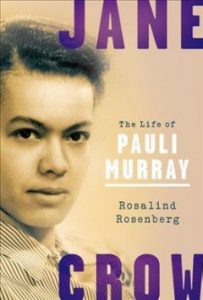 Jane Crow : the life of Pauli Murray: At the forefront of the Civil Rights Movement, alongside such leaders as Martin Luther King, Jr. and Rosa Parks, lawyer and activist Pauli Murray stood as an outspoken woman who protested discrimination on the basis of race and sex. In 1963, she publicly condemned the sexism of the Civil Rights Movement, in her speech “The Negro Woman and the Quest for Equality”. In 1964, just months after Dr. King’s “I Have A Dream Speech,” she delivered a speech of her own in Washington, D.C., titled “Jim Crow and Jane Crow.” In this speech, Murray emphasized that women’s rights needed to be part of the Civil Rights Movement. Moreover, that women had been a part of the Civil Rights Movement from the very beginning, and deserved not only recognition, but a voice, and equality within the movement and the country. In addition to helping found NOW (National Organization for Women), Murray was also a lawyer, a professor at Brandeis University, and was ordained as an Episcopal priest, making her among the first women ordained in the Episcopal Church. This wonderful biography by Rosalind Rosenberg offers a poignant portrait of a figure who played pivotal roles in both the modern civil rights and women’s movements that shows the remarkable courage, intellectual, and personal strength that all its leaders shared.
Jane Crow : the life of Pauli Murray: At the forefront of the Civil Rights Movement, alongside such leaders as Martin Luther King, Jr. and Rosa Parks, lawyer and activist Pauli Murray stood as an outspoken woman who protested discrimination on the basis of race and sex. In 1963, she publicly condemned the sexism of the Civil Rights Movement, in her speech “The Negro Woman and the Quest for Equality”. In 1964, just months after Dr. King’s “I Have A Dream Speech,” she delivered a speech of her own in Washington, D.C., titled “Jim Crow and Jane Crow.” In this speech, Murray emphasized that women’s rights needed to be part of the Civil Rights Movement. Moreover, that women had been a part of the Civil Rights Movement from the very beginning, and deserved not only recognition, but a voice, and equality within the movement and the country. In addition to helping found NOW (National Organization for Women), Murray was also a lawyer, a professor at Brandeis University, and was ordained as an Episcopal priest, making her among the first women ordained in the Episcopal Church. This wonderful biography by Rosalind Rosenberg offers a poignant portrait of a figure who played pivotal roles in both the modern civil rights and women’s movements that shows the remarkable courage, intellectual, and personal strength that all its leaders shared.
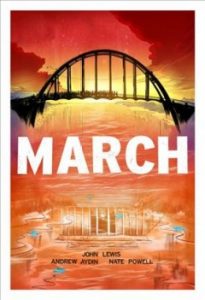 March: Book One, Two, and Three: Before he entered the United States Congress, Senator John Lewis was a leader in the Civil Rights Movement, suffering police violence and the rage of many in his native Alabama who opposed the movement. Lewis knew Martin Luther King Jr., and worked with him on actions as diverse as nonviolent lunch counter sit-ins to the 1963 March on Washington. These graphic novels are Lewis’ autobiography, from growing up on a share-cropping farm in Alabama to taking his seat in the US Senate, intended not only to share the story of the Civil Rights Movement with younger readers, but also to help them learn the practices and philosophy of non-violent protest so that they could become the leaders for the next generation. These books are stunningly illustrated and enormously powerful, and have plenty to teach readers of any age group.
March: Book One, Two, and Three: Before he entered the United States Congress, Senator John Lewis was a leader in the Civil Rights Movement, suffering police violence and the rage of many in his native Alabama who opposed the movement. Lewis knew Martin Luther King Jr., and worked with him on actions as diverse as nonviolent lunch counter sit-ins to the 1963 March on Washington. These graphic novels are Lewis’ autobiography, from growing up on a share-cropping farm in Alabama to taking his seat in the US Senate, intended not only to share the story of the Civil Rights Movement with younger readers, but also to help them learn the practices and philosophy of non-violent protest so that they could become the leaders for the next generation. These books are stunningly illustrated and enormously powerful, and have plenty to teach readers of any age group.
Please come into the Library to learn more about Dr. King, and all those people involved in the Civil Rights Movement and its ongoing legacy.


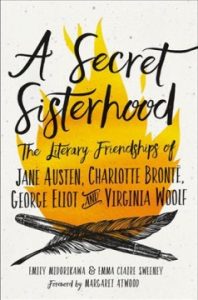
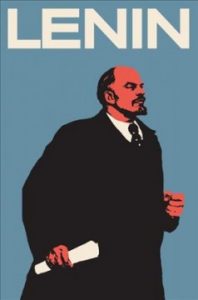
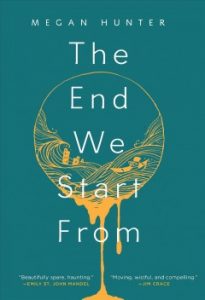
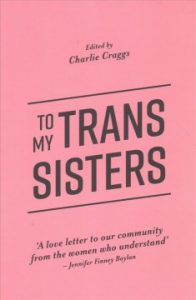
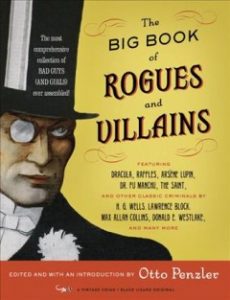
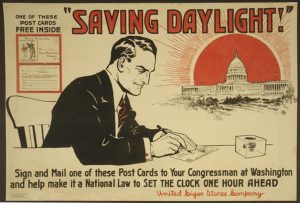
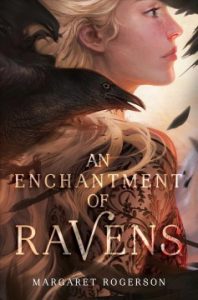
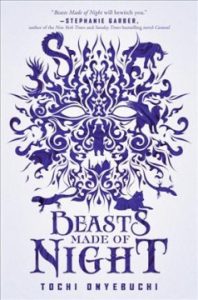
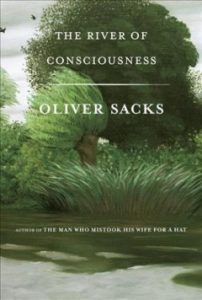
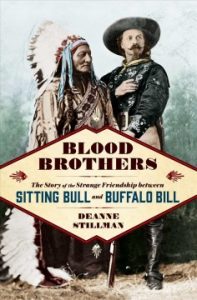

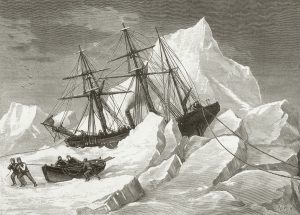 First off, last year, we had
First off, last year, we had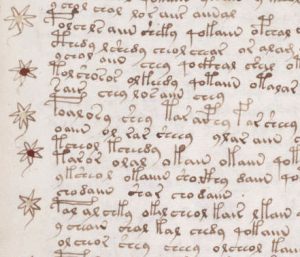 The Voynich Manuscript has been carbon-dated to the early 15th century, but was named after Wilfrid Voynich, a Polish book dealer who purchased it in 1912. There are a number of pages visibly missing from the book, but the 240 pages that remain are covered in a previously unidentified script that runs left to right across the page. There are some words and phrases scattered throughout the book in Latin, but, because hand-written manuscripts are notoriously challenging to read, even figuring out some of these words have proven difficult. There are also a bunch of hand-drawn illustrations that seem as random and confusing as the text, though that is largely, I think, because they appear out of context). Code-breakers who worked during the First and Second World Wars tried parsing the manuscript without success. Expert cryptanalysts since have tried to read the manuscript–without success. In 1962, cryptanalyst
The Voynich Manuscript has been carbon-dated to the early 15th century, but was named after Wilfrid Voynich, a Polish book dealer who purchased it in 1912. There are a number of pages visibly missing from the book, but the 240 pages that remain are covered in a previously unidentified script that runs left to right across the page. There are some words and phrases scattered throughout the book in Latin, but, because hand-written manuscripts are notoriously challenging to read, even figuring out some of these words have proven difficult. There are also a bunch of hand-drawn illustrations that seem as random and confusing as the text, though that is largely, I think, because they appear out of context). Code-breakers who worked during the First and Second World Wars tried parsing the manuscript without success. Expert cryptanalysts since have tried to read the manuscript–without success. In 1962, cryptanalyst 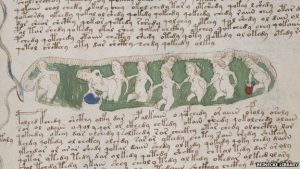
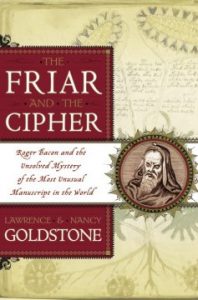
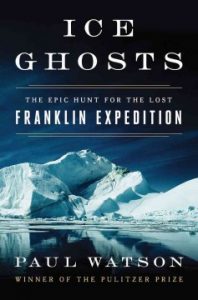
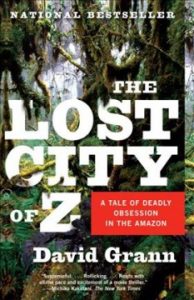
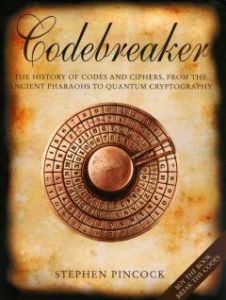
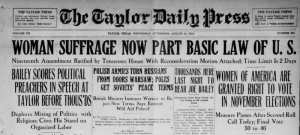
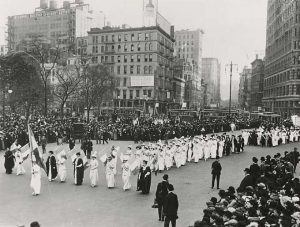
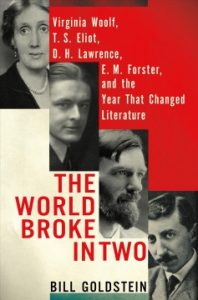
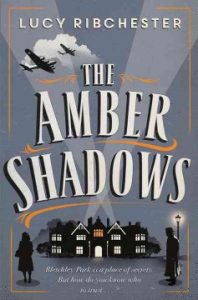
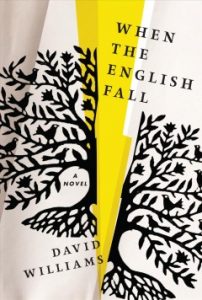
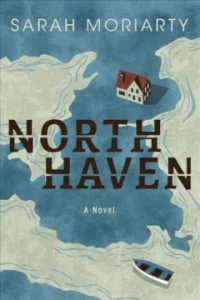
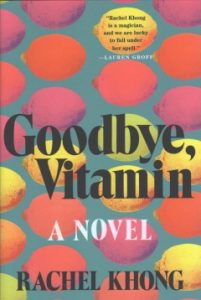
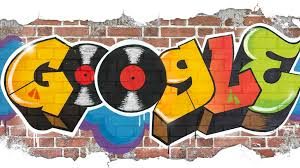
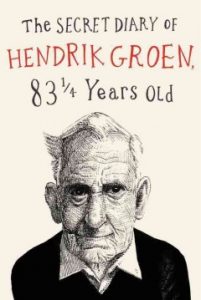
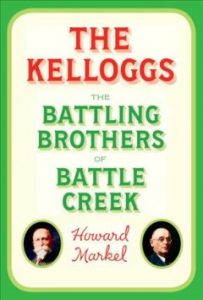
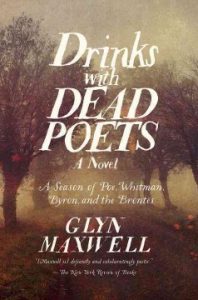
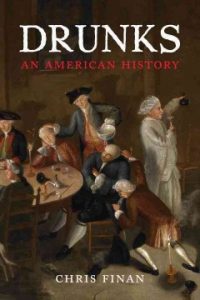
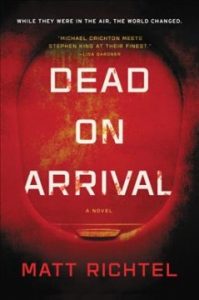
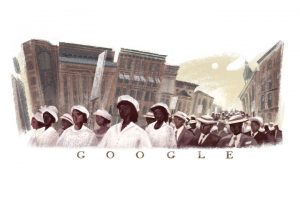
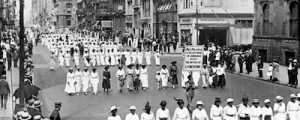
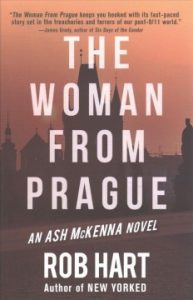

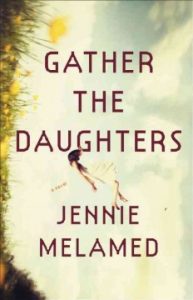
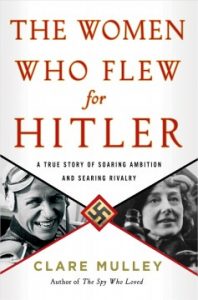 The Women Who Flew For Hitler
The Women Who Flew For Hitler